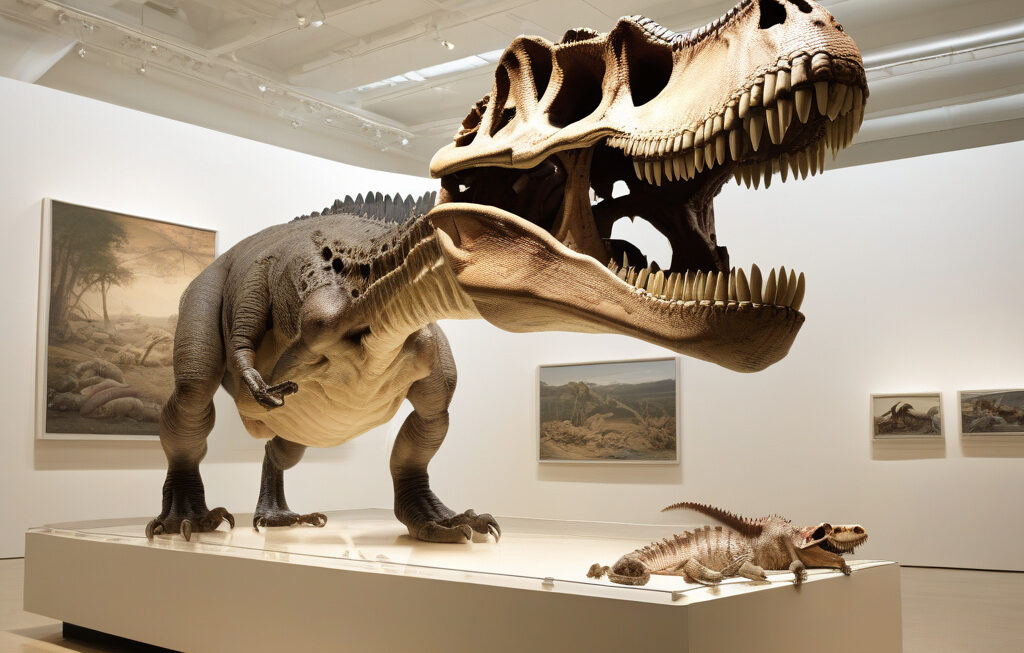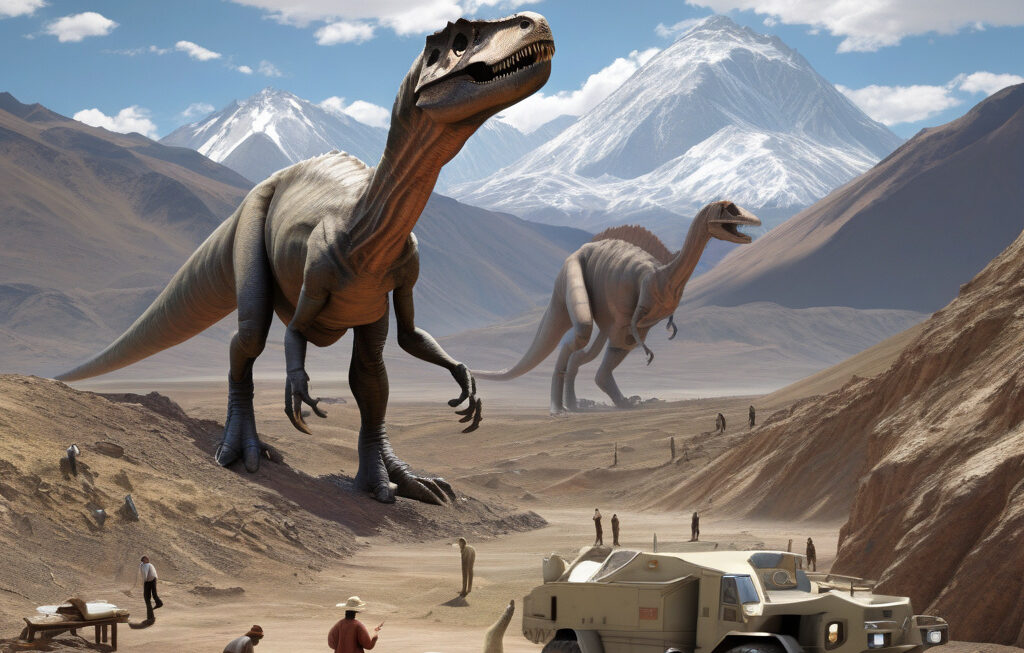Two New Dinosaur Species Revealed in 125-Million-Year-Old Fossil, One with Mammal Meal
In Northeast China, scientists have made a groundbreaking discovery: two new dinosaur species, one of which had the remains of a mammal in its stomach region. This finding sheds light on the dietary habits and ecological roles of these ancient creatures from 125 million years ago. The fossils were unearthed in the famous Yixian Formation in Liaoning Province, known for its exceptional preservation of prehistoric life.
The first of the newly identified species is named Sinocalliopteryx gigas, a large carnivorous dinosaur measuring around 2.5 meters in length. What sets Sinocalliopteryx gigas apart is the presence of mammal bones in its abdominal cavity, indicating that it was a predator that fed on small mammals. This is a rare piece of direct evidence linking dinosaurs to mammalian prey, providing valuable insights into the trophic interactions of the time.
The second species, named Haplocheirus sollers, represents a smaller, more agile dinosaur adapted for a different ecological niche. With its long arms and grasping hands, Haplocheirus sollers is believed to have been a hunter of small vertebrates and insects. Its slender build and specialized limbs highlight the diverse adaptations present in the dinosaur fauna of the Yixian Formation.
This discovery not only adds to our knowledge of dinosaur diversity but also underscores the complexity of prehistoric ecosystems. By studying the anatomical features and stomach contents of these fossil specimens, researchers can piece together the ancient food webs and predator-prey relationships that governed life in the Early Cretaceous.
The presence of a mammal in the gut of Sinocalliopteryx gigas raises intriguing questions about the interactions between dinosaurs and early mammals. Did these dinosaurs actively hunt mammals, or were they opportunistic scavengers? How did the rise of dinosaurs influence the evolution and behavior of mammalian species? These are some of the puzzles that paleontologists aim to solve through further research and analysis of the fossil record.
Moreover, the Yixian Formation continues to be a treasure trove of fossil discoveries, offering glimpses into a bygone era when dinosaurs roamed the Earth. From feathered dinosaurs to early birds, this region has provided crucial evidence for understanding the evolutionary transitions that shaped the Mesozoic fauna. Each new finding adds another piece to the puzzle of how life diversified and adapted in response to changing environmental conditions.
As we unravel the mysteries of these ancient creatures, we gain a deeper appreciation for the interconnectedness of species past and present. The story of the two new dinosaur species from Northeast China reminds us of the ever-evolving nature of life on Earth and the importance of preserving our planet’s rich biodiversity for future generations to study and cherish.
#Dinosaurs #FossilDiscovery #PrehistoricEcosystems #Paleontology #YixianFormation












